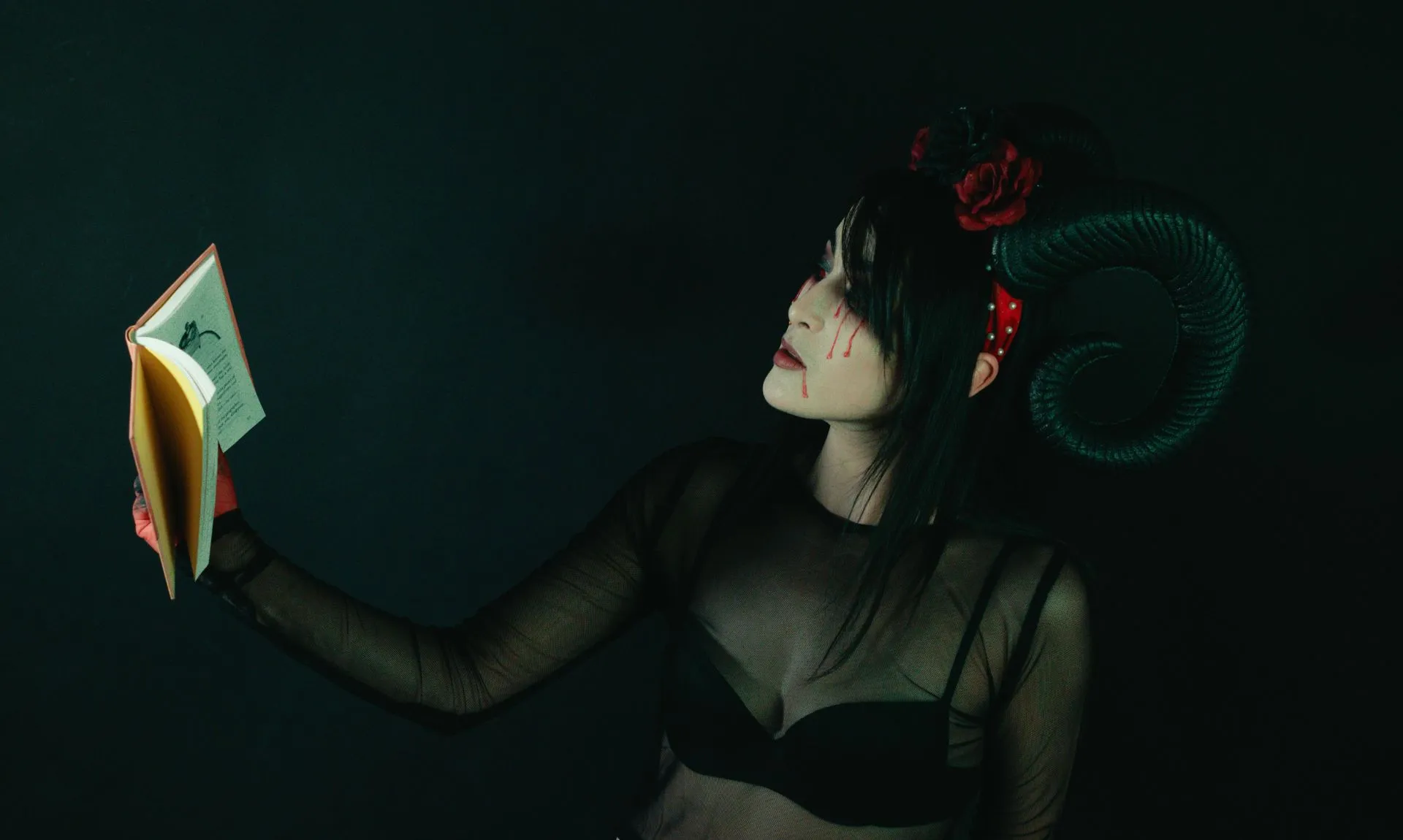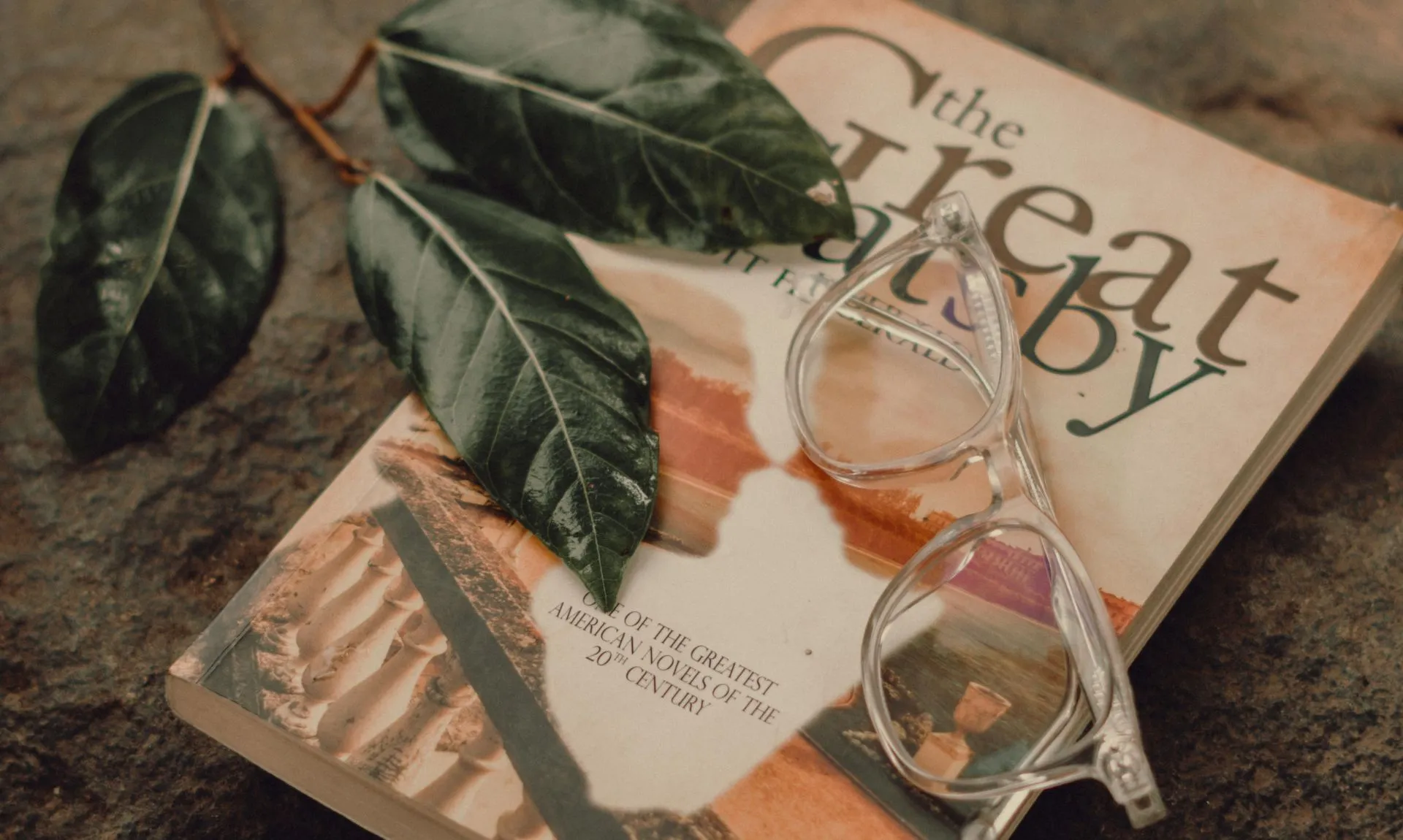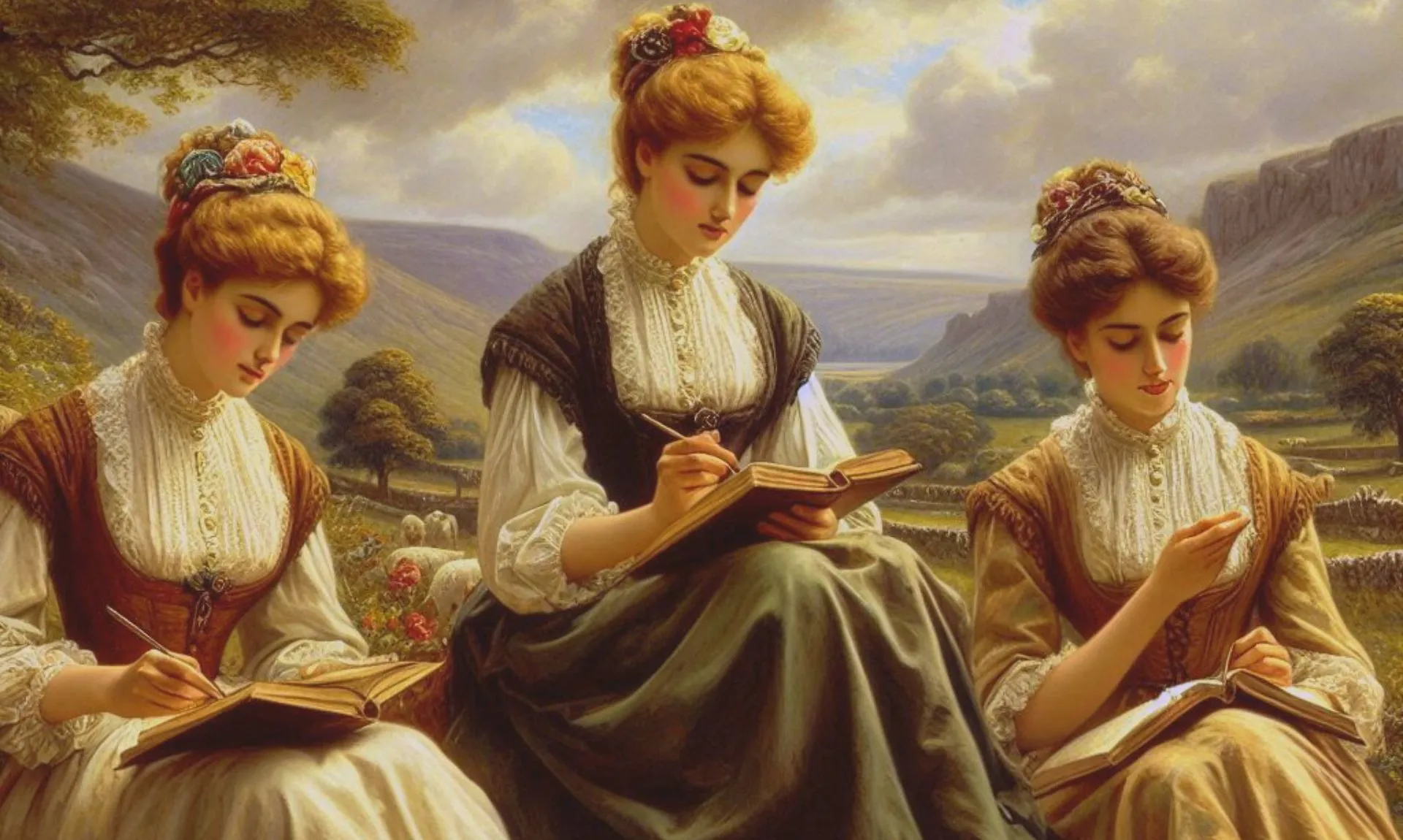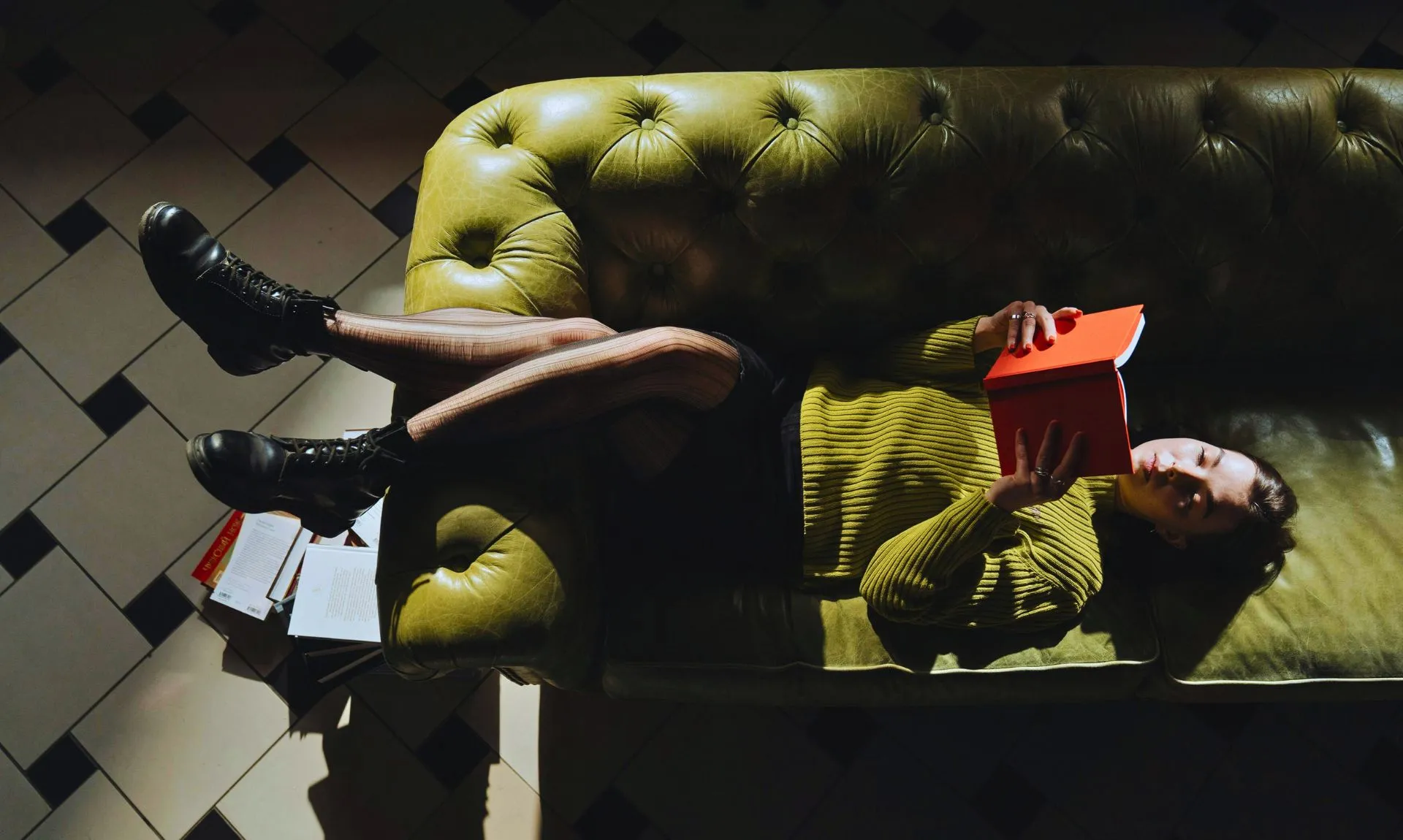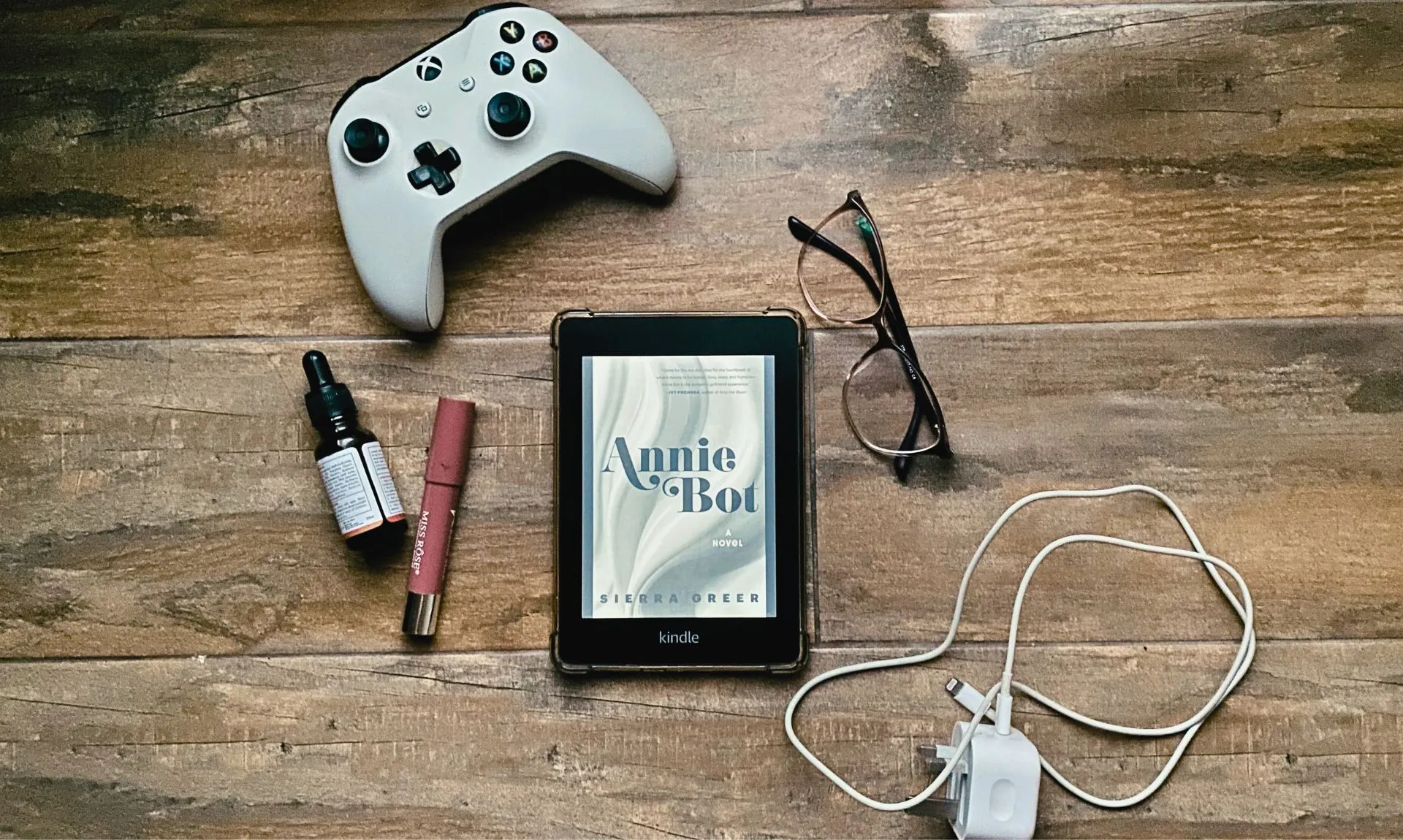
Murasaki Shikibu – World’s First Novelist
The world’s first novel was written by a woman. I think we need to take a moment and let that sink in!
All of you must have heard of Middlemarch by George Eliot. It’s one of the timeless classics quite popular among the reading community even today. But George isn’t really a woman’s name, is it? Her real name was Mary Ann Evans but she used the pen name to conceal her gender identity. The 19th century did not allow women to write, there were many social and legal restrictions that made it impossible for women to write. There were barely any publications that would publish female writings. Also, the readers were not really interested in the feminine perspective.
Ironically, if we go centuries back, Murasaki Shikibu wrote the world’s first novel The Tale of Genji in the early 11th century, c.973-c.1020. The novel is about Hikaru Genji’s romantic life and records the customs of the aristocracy of Japanese society. The original manuscript no longer exists but the novel is published by multiple publications. The most famous and reliable edition is published by Penguin Classics and translated by Royall Tyler.
Who was Murasaki Shikibu? She was a lady-in-waiting at the imperial court during the Heian Period in modern-day Kyoto. This time period recorded a bloom in Japanese culture and literature. There are records of people keeping journals and recording their daily lives. Murasaki Shikibu wrote for Empress Shoshi who was one of the rival empresses at the court.

Shikibu was a talented poet as well. She also kept diaries that had her private writings. The diaries did not keep a day-to-day record of her life. These contained sketches about her life in court. The diary entries mostly discussed the time when Empress Shoshi was pregnant and gave birth to a male heir. Shikibu also referred to the culture and customs of the time. She focused on the court rituals and the diary entries often showed her sense of humor.
The diary entries also recorded her personal feelings by referring to the loneliness that she felt after the death of her husband. While mentioning her court life, she also talked about the empress’s father Lord Prime Minister Fujiwara No Michinaga who was abusive, drunk, and a sexual predator.
In the 13th century, artisans produced an emaki of Shikibu’s diary. An emaki is illustrated handscroll which is quite popular in Japanese culture. However, only four segments of emaki of The Diary of Lady Murasaki survived. The emaki originally had 10-12 scrolls. The surviving scrolls contain 24 scenes that represent 15% of the diary. These pieces are now owned by three Japanese organizations, including the Tokyo National Museum.
The surviving writings were published as The Diary of Lady Murasaki. Penguin Classics and Dover Publications also have an edition of Shikibu’s diary with the same name. The diary entries not only show the observation skills of the writer but also present a vivid picture of Japanese society of the time. The personal references add depth to the diary entries and allow the reader to form a connection with the writer.
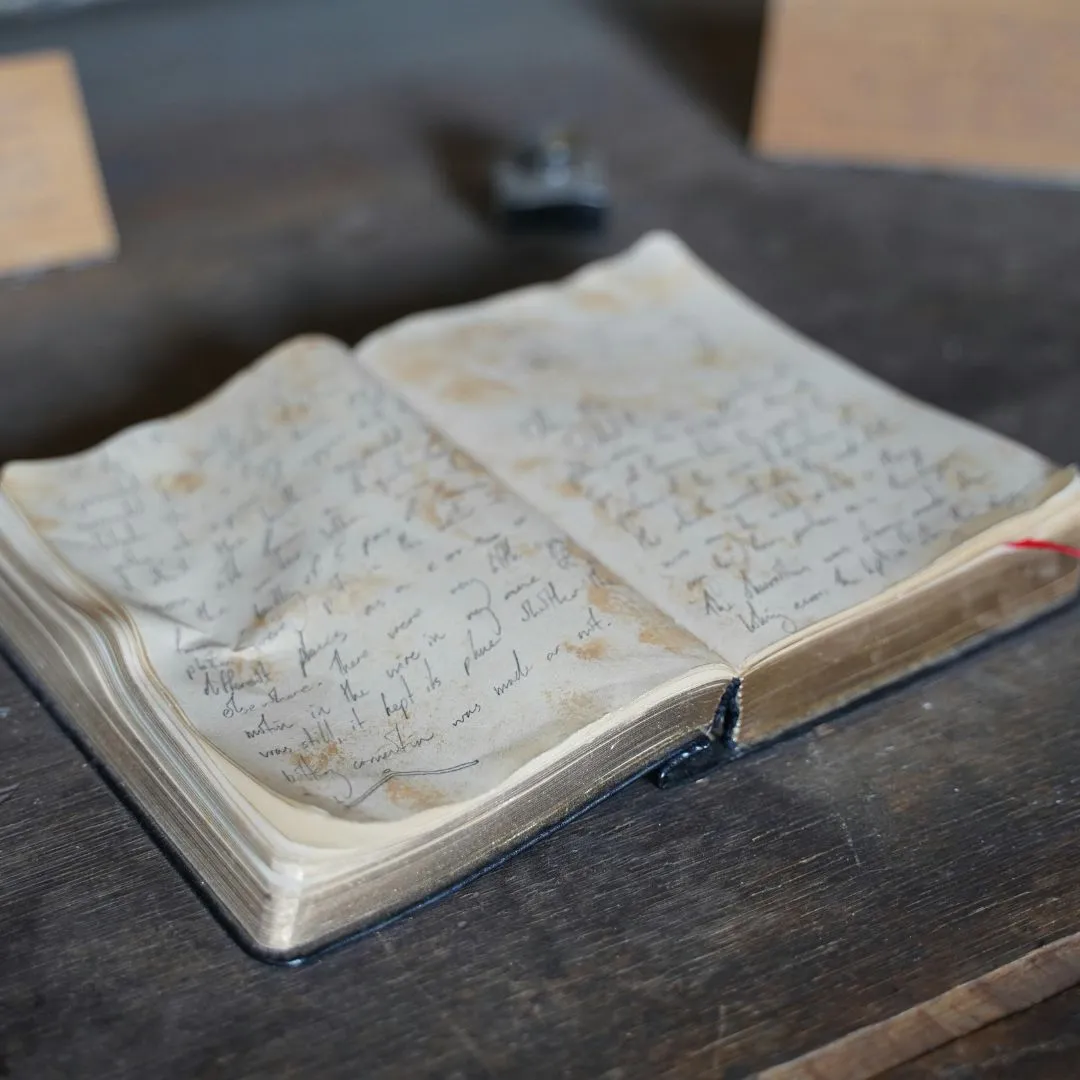
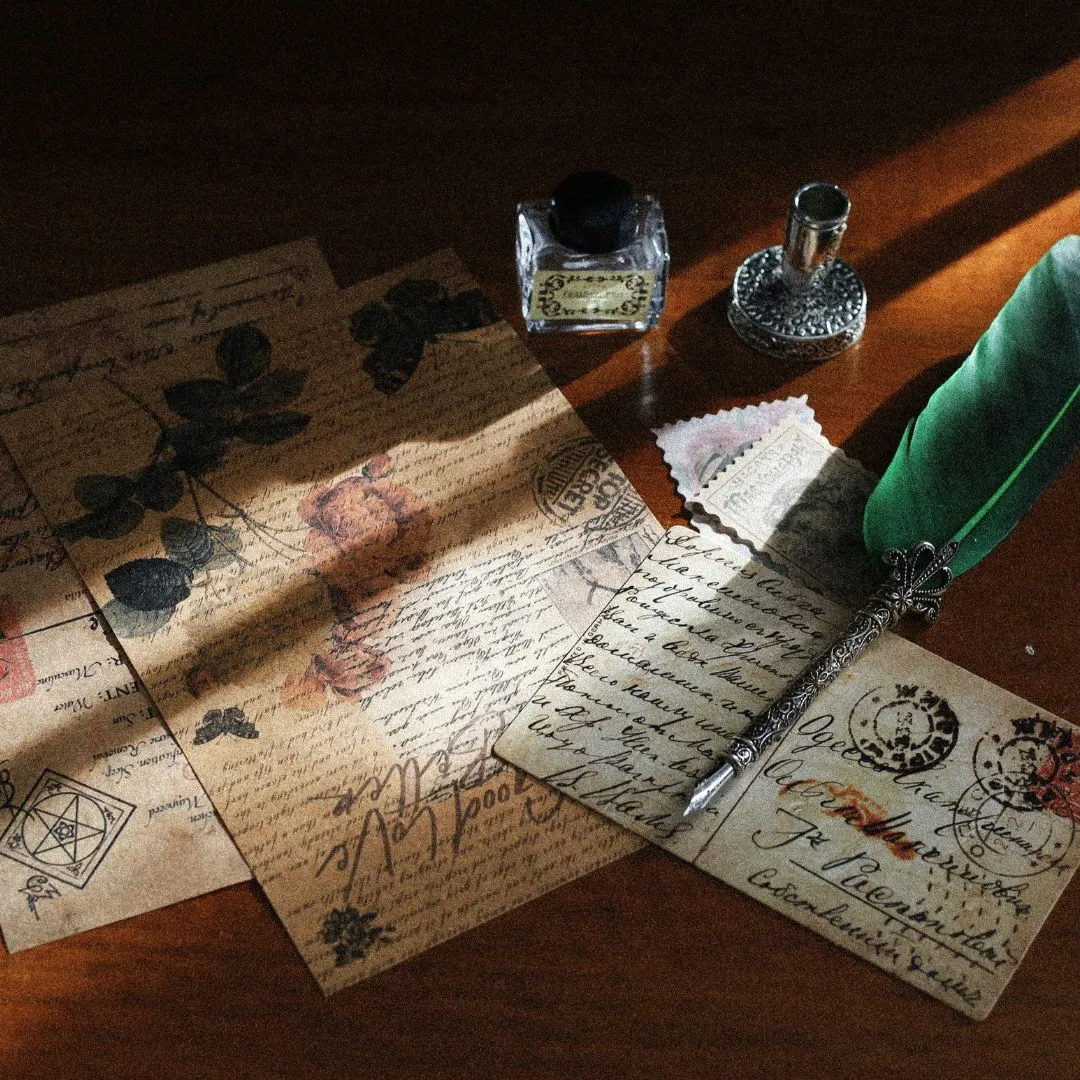
Shikibu’s writings show that gender dynamics in literary activities are baseless. Women have enjoyed liberties in the past. However, the later centuries were hostile to female authors, especially in Great Britain. After all, the shift in human societies has not always been in favor of all individuals.
Although the times have changed now and female authors are now receiving due regard, we need to remember that there were times when the female perspective was entirely banned despite the fact that females have played a vital role in the origin of literature. Also, the next time you feel that female voices have been silenced for a long period of time, just get yourself a copy of Shikibu’s writing and remember that the world’s first novel was written by a woman! Against all odds!

